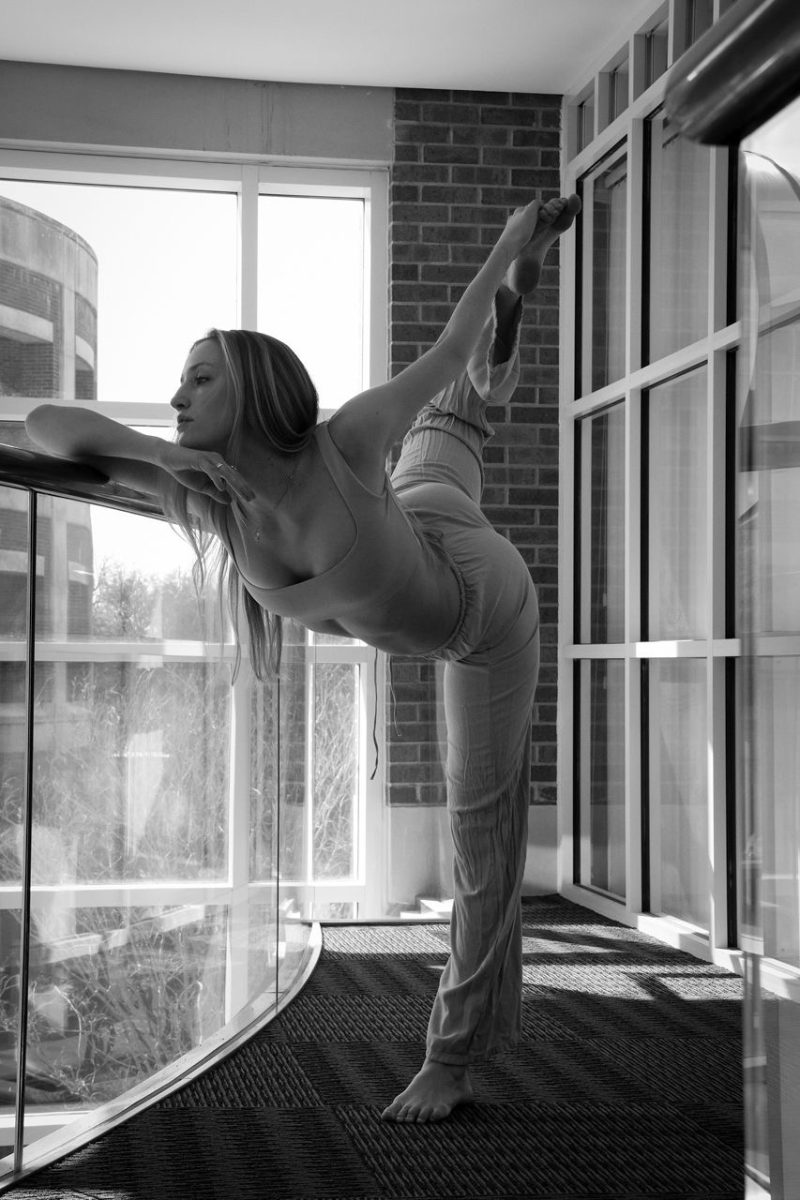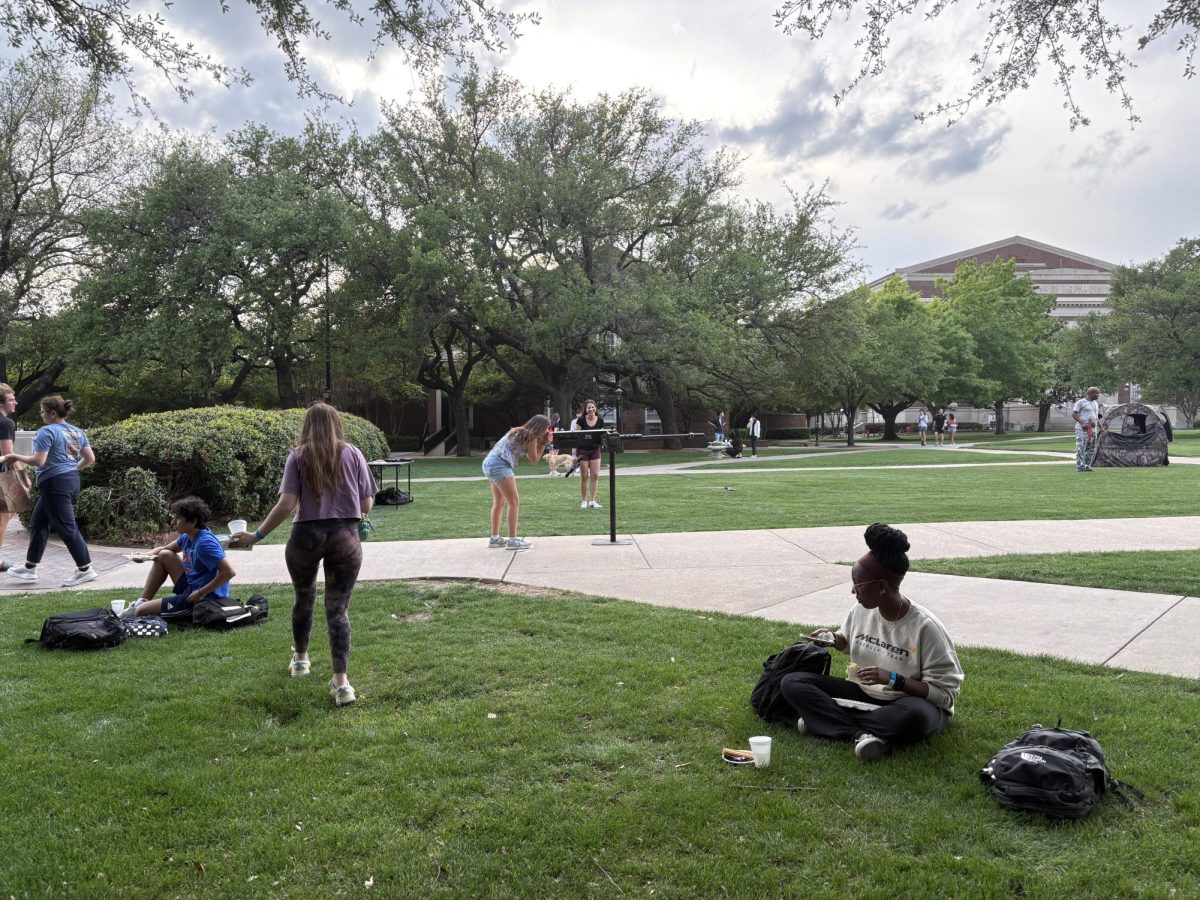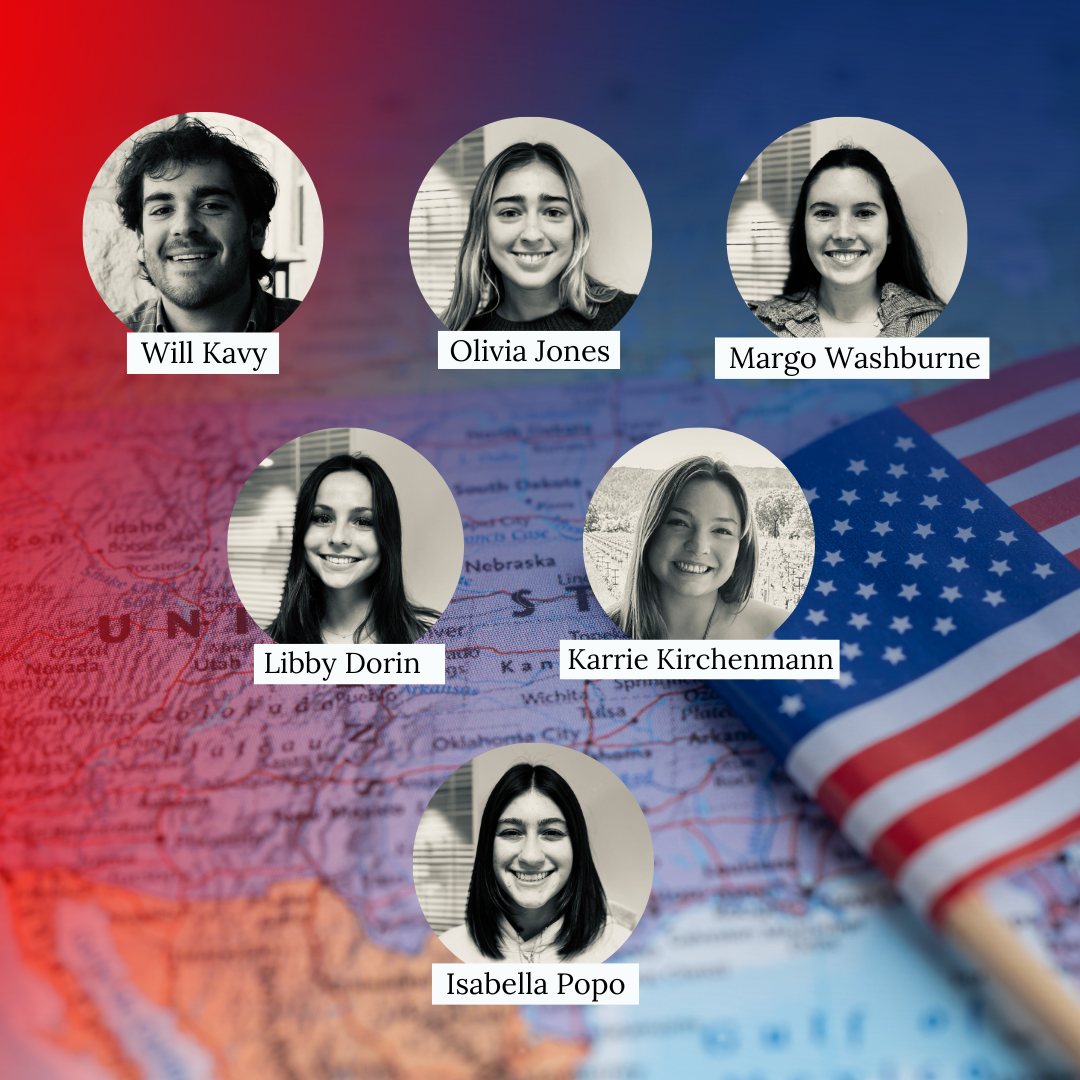
President Barack Obama speaks in the Brady Press Briefing at the White House in Washington, Friday, April 19, 2013, regarding the Boston Marathon bombing. (Courtesy of AP)
When the tragedy of 911 happened, along with the rest of the world, I had watched in utter disbelief as one of the most shocking and senseless crimes against humanity unfolded in New York. Everyone watched how the terrorists were brought to light within a short period of time and also how the ensuing measures taken by the U.S. prevented any more such attacks of any scale. Until, of course, the sadistic tragedy occurred in Boston.
But here again, we all saw how the suspects were brought to light within a matter of days, and the law reached out to them.
And in the meantime, I saw how so many political leaders, including the president assured everyone of a speedy investigation and his sympathies to the victims.
I grew up in the city of Mumbai, which has definitely seen its share of large scoops of terrorist attacks and menace, including the latest bomb blasts at various heavily crowded public spaces. Mumbai, which has a population almost as large as the Australian continent, is famed for its ability to bounce back. Most of it being out of desperation. Irrespective of whether a bomb had blasted in an intra-city train the previous day or not, you had to depend upon it to get to your office the next day. Sheer grit and necessity makes the city move on.
I have alluded before in my columns to A. L. Basham’s reference to Indian society decades ago as being fatalistic. We have an inherent tendency to charge bad tidings and disasters to a higher power that is beyond our control and resign in our helplessness to change the course of destiny.
Among other reasons, in a country where until recently, a large amount of the economy was dependent on agriculture, which in turn depended on the highly capricious monsoons, it is easy to see why. Of course, times have changed, and along with our industrialism we have changed our outlook, too.
I have often speculated on that attitude: whether it is indeed relevant even today and how it affects the way we react to disasters and offenses compared to other societies.
When I saw the actions that the U.S. government took immediately after the attacks, some of this difference was apparent to me. Most importantly, the general public had a feeling that the wheels are turning and turning efficiently. Then, the president himself assured the citizens of actions, straight from his heart. And the authorities took constant care to keep the masses informed of developments.
Somehow, I felt safe and protected by the law even as this tragedy unfolded. And not only was this because of the way the authorities would send out very strong signals to the public, but also because of the representations I could see all around me that justice will be served; that, in all ways, the law is tougher and mightier than any bad guys.
I witnessed the truly American spirit of rolling up your sleeves and getting down to work, and the American public who stood hand in hand with law enforcement to go through any inconvenience to bring the culprits before the law.
And just as importantly, this feeling was evident for everyone to see. Sometimes, it is important for the people to simply see what’s being done and how they are taken care of: making everyone feel safer, and stronger.
Sunil is a graduate student in the Lyle School of Engineering.








